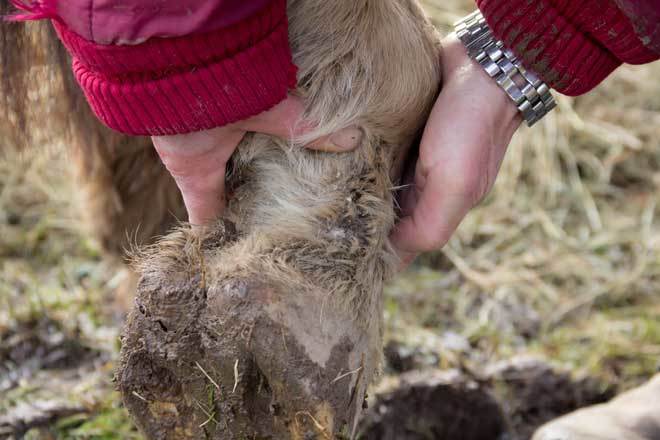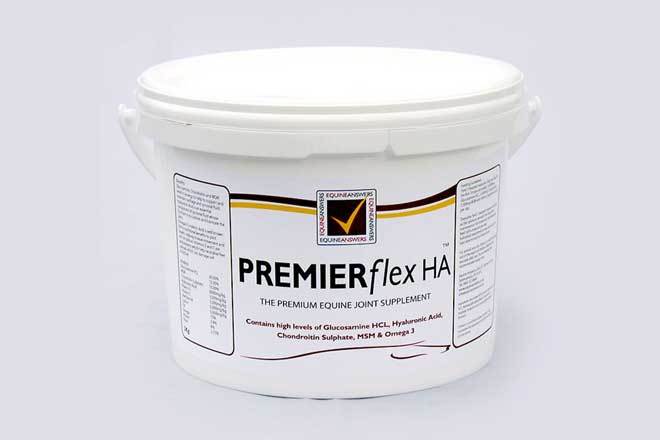
Quick Summary
Mud Fever is a painful and distressing condition that affects all types of horses, where bacteria in mud manages to get into the skin, causing painful sores, which crust over and bleed.
Mud Fever can be the scourge of many a horse owner, this blog explores exactly what the condition is and how best to tackle it
This time of year sees our horses out in muddy conditions, which often leads to signs of mud fever. This painful and distressing condition affects all types of horses, where bacteria in the mud manages to permeate the skin, causing painful sores, which crust over and bleed. In some instances the bacteria can enter the bloodstream, leading to localised inflammation and swelling, which often needs veterinary treatment such as anti-inflammatory injections and antibiotics.
The organism responsible for mud fever is called dermatophilus congolensis. It lies dormant in the soil, but exposure to rain can activate it. It attacks the skin of horses prone to the condition, producing spores with thread-like filaments, which penetrate beneath the top layer of the horse's skin causing inflammation and pain.
Also known as pastern dermatitis, cracked heel, greasy heel or scratches, mud fever seems to only affect some horses, but those who are susceptible can suffer a great deal of pain and discomfort, which often manifests in the horse rubbing its pasterns against fencing, biting the affected areas, and stamping its hooves in an attempt to reduce the itching. The condition can also occasionally affect other areas of the horse's coat, such as along the back and hind quarters, which is termed 'rainscald'.
Horses with grey coats seem to be particularly susceptible to mud fever, with heavy horses also being more prone to the condition than horses of lighter builds. Some heavy breeds suffer so badly that the skin around the pasterns becomes permanently altered, creating deep folds that provide the ideal breeding ground for further outbreaks. These horses required daily attention, with the area needing to be carefully cleaned and dried each day to prevent further infection from gaining a hold.
For affected horses, a two-fold approach is generally advised. A nutritional supplement should be added to the horse's feed, preferably before the wet weather starts, as this allows the horse to build up a deep-seated immunity to the organism responsible for mud fever. At the same time, a barrier cream with soothing properties should be applied topically to the affected areas.
Mud Warrior from Equine Answers is a very high spec supplement that helps treat and prevent Mud Fever. Use in conjunction with Mud Warrior cream to give your horse the best possible protection against Mud Fever.
Both are available for next day delivery from Equine Answers.





